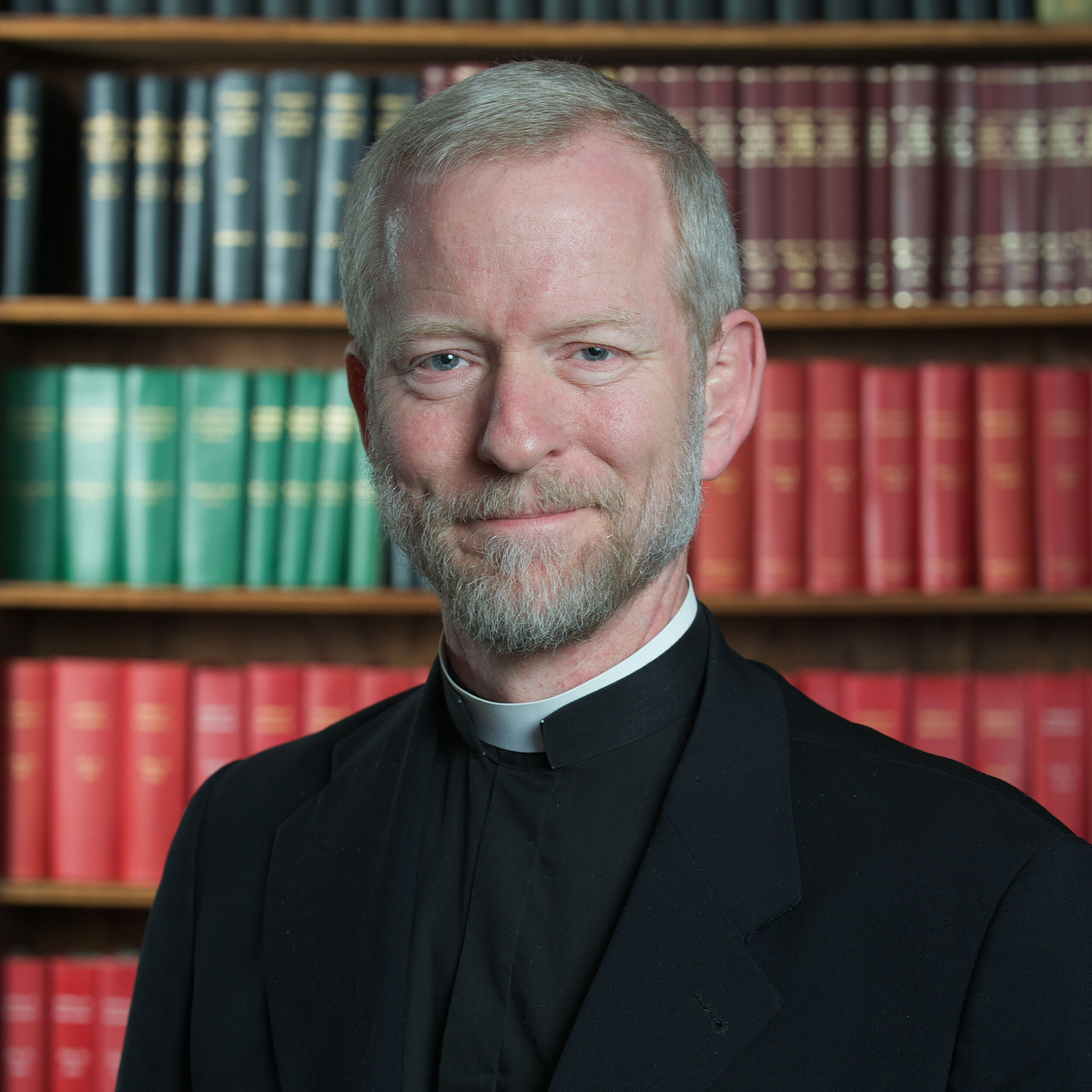Making Sense of Bioethics: Column 030: The Holy Grail of Reprogramming: A New Era for Stem Cells?
The discovery that regular old garden-variety skin cells could be converted into highly flexible (pluripotent) stem cells rocked the scientific world in 2007, and continues to have a major impact on the stem cell debate today. The two papers announcing this discovery, one by a Japanese group, and another by an American group, described a genetic technique that produces stem cells without destroying (or using) any human embryos. In other words, the kind of stem cell usually obtained by destroying embryos became available another way. All that was required was to transfer several genes into the skin cells, triggering them to convert into pluripotent stem cells. It has been called “biological alchemy,” something like turning lead into gold. Many hailed “cellular reprogramming” as a breakthrough of epic proportions, the stuff that Nobel prizes are made of, a kind of Holy Grail in biomedical research.
As important as this advance has proven to be scientifically, it may be even more important to the ethical discussion. It offers a possible solution to a longstanding ethical impasse and a unique opportunity to declare a pause, maybe even a truce in the stem cell wars, given that the source of these cells is ethically pristine and uncomplicated. As one stem cell researcher rather provocatively put it: if the new method produces equally potent cells, as it has been touted to do, “the whole field is going to completely change. People working on ethics will have to find something new to worry about.” One might say that science has devised a clever way to heal the wound it opened back in 1998 when human embryos began to be sought out and destroyed for their stem cells. Dr. James Thomson (whose 1998 work ignited the controversy, and who also published one of the reprogramming papers) acknowledged just such a possibility in comments to reporters: “Ten years of turmoil and now this nice ending.” Whether this nice ending will actually play out remains to be seen, but adiscovery of this magnitude, coupled with a strong ethical vision, certainly has the potential to move us beyond the contentious moral quagmire of destroying human embryos.
Change never comes easily, however, and before we can really change, we need to see the reasons why we should change. Each of us is, incredibly, an embryo who has grown up. This biological fact stares researchers in the face every time they choose to “disaggregate” a human embryo with their own bare hands. It makes many researchers edgy, touching them on some deeper level of their being. It makes many Americans queasy and eager to find alternatives. Dr. Thomson, who has overseen the destruction of numerous embryonic humans himself, had the honesty to acknowledge this fact in comments he made to the New York Times recently: "If human embryonic stem cell research does not make you at least a little bit uncomfortable, you have not thought about it enough."
Dr. Shinya Yamanaka, the Japanese researcher who developed the reprogramming approach and published one of the two breakthrough papers, memorably described the problem after visiting a friend who worked at a fertility clinic. After looking down the microscope at one of the human embryos stored at the clinic, he later reflected back on the moment: “‘When I saw the embryo, I suddenly realized there was such a small difference between it and my daughters,’ said Dr. Yamanaka, forty-five, a father of two and now a professor at the Institute for Integrated Cell-Material Sciences at Kyoto University. ‘I thought, we can’t keep destroying embryos for our research. There must be another way.’”
Reprogramming eliminates these ethical concerns even as it offers a highly practical and straightforward technique for obtaining pluripotent stem cells. As Dr. Thomson himself put it, “Any basic microbiology lab can do it, and it’s cheap and quick.” Reprogramming is also important because it provides an alternative approach to “therapeutic cloning,” a complex and immoral procedure used to obtain patient-specific stem cells. Reprogramming provides patient-specific stem cells as well, but without using women’s eggs, without killing embryos, and without crossing moral lines. The sheer practicality of the new reprogramming approach, coupled with its ethical advantages, really make it a no-brainer.
Those renegade researchers, lawmakers and Hollywood personalities who have long dismissed ethical concerns and advocated human embryo destruction now find themselves at an important juncture because of this breakthrough. We can only hope that in the wake of this discovery, the siren call of harvesting human embryos will finally cease ringing in their ears and allow for a new era of ethical science in our society.
Copyright © 2020, The National Catholic Bioethics Center, Philadelphia, PA. All rights reserved.

